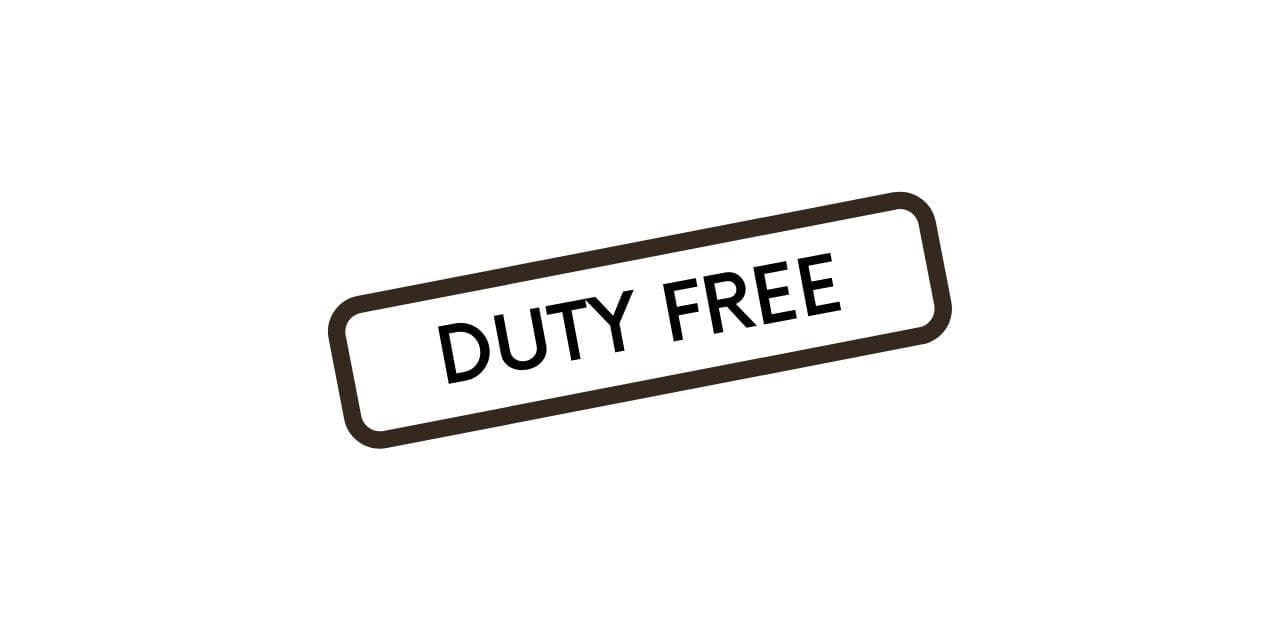India has zeroed in on more than 1,000 products across sectors, including textiles & garments, gem & jewellery, leather, spices, engineering goods, chemicals and poultry, where it wants duty concessions from the UAE under a proposed free trade agreement (FTA), sources told FE.
New Delhi and Abu Dhabi held the third round of FTA negotiations from December 6 to 10. They have hammered out broad contours of the deal and are giving final touches to it, said an official source. It would be the first FTA to be signed by India in over a decade.
While the UAE, India’s third-largest export destination, currently slaps a 5% duty on textiles & garments and jewellery, certain steel products are taxed at 10%. These three segments alone made up for 34% of India’s $16.7 billion exports to the UAE last fiscal and 43% in the pre-pandemic year of FY20.
The UAE has also prohibited poultry imports from India on concerns of bird flu. Seeking the lifting of the ban, New Delhi has highlighted that it has been strictly adopting the safety norms stipulated by the World Organisation for Animal Health.
For its part, Abu Dhabi, too, has drawn up a long list of products, including in food items such as dates and confectionary, where it’s pressing for duty concession.
Both the sides started formal negotiations for a comprehensive economic partnership agreement (CEPA), as the FTA is formally called, in New Delhi from September 23. They aim to wrap up talks by December and sign a deal by March 2022 following due processes of ratification.
Prime Minister Narendra Modi may declare the CEPA when he visits the UAE, possibly in January, said the sources.
The India-UAE FTA is expected to raise bilateral merchandise trade to $100 billion in five years following the signing of the pact from about $43 billion in FY21. It also aims to more than double bilateral services trade to $15 billion during this period.
In services, as FE has reported, both the sides might clinch a deal on labour-intensive sectors, which would ensure freer movement of skilled professionals. This is expected to boost job creation in both the countries and spur multifarious economic activities.
The negotiations with the UAE are a part of India’s broader strategy to forge “fair and balanced” trade agreements with key economies and revamp existing pacts to boost trade. The move gained traction after India pulled out of the China-dominated RCEP talks in November 2019. India is also engaged in talks with Australia, the UK and the EU for FTAs.
Balanced FTAs will enable the country to achieve sustained growth rates in exports in the coming years. Already, India has set an ambitious merchandise export target of $400 billion for FY22, against $291 billion in FY21.
The UAE was India’s second-biggest goods export market until FY20, behind only the US, before China pipped it in FY21 when the pandemic caused severe trade disruptions.
India’s major exports to the UAE include petroleum products, precious metals, stones, gems and jewellery, textiles and garments, food items, engineering goods and chemicals. Its main imports from the UAE include petroleum and petroleum products, precious metals, stones, gems and jewellery, minerals, chemicals and wood and wood products.
Industry And Cluster | News & Insights
Duty relief for hundreds of products likely

Published: December 13, 2021
Author: Manali bhanushali
Related Posts
